|
Biomedical Signals Acquisition |
Sampling rate and Aliasing |
| |
Now we will examine the frequency content of
signals and how this must also be taken into account when setting the
acquisition parameters of a signal. If a signal is not sampled properly
(that is with a high enough sampling rate) a phenomenon called aliasing
occurs. |
|
|
|
|
|
|
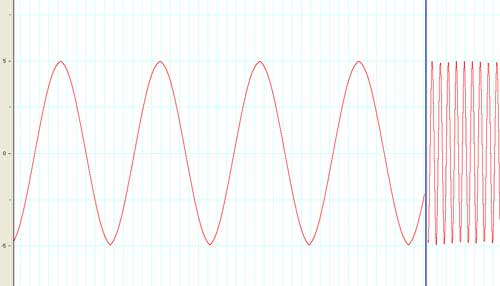
A 10 Hz signal is sampled. The trace to the
left shows the waveform correctly represented with a sampling rate of
1000 Hz. The trace to the right shows the same signal, but collected at
a sampling frequency of 10Hz.
Let's look at the power spectrum of the correctly represented waveform: |
|
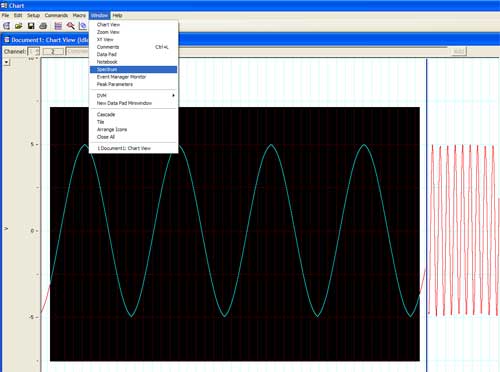 |
| The resulting
spectrum analysis is shown below: |
|
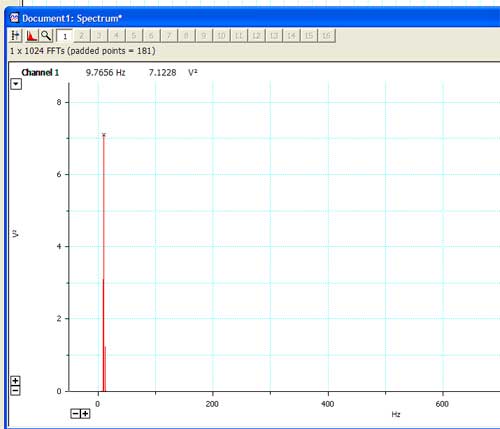
The dominant frequency is close to 10 Hz. |
| Now, let's
look at the aliased signal: |
|
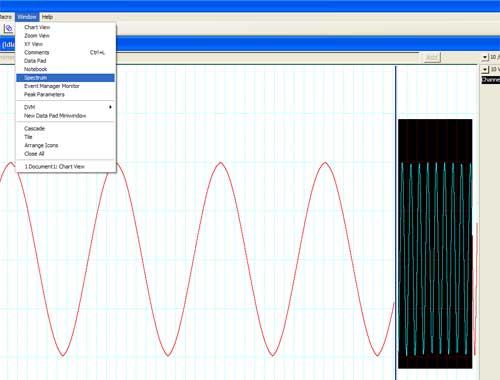
With the resulting power spectrum |
|
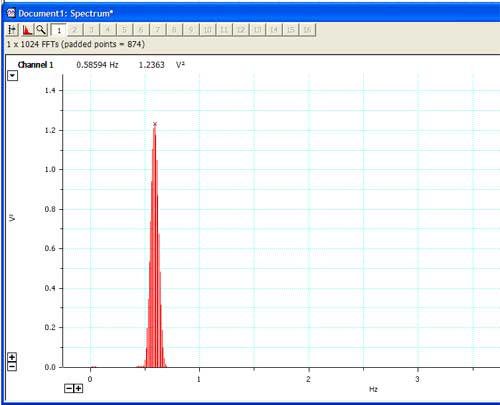
Note that the dominant frequency is around
0.58Hz, which gives an erroneous estimation of the true signal. |
|
|
|
Click here to continue with the EEG section |